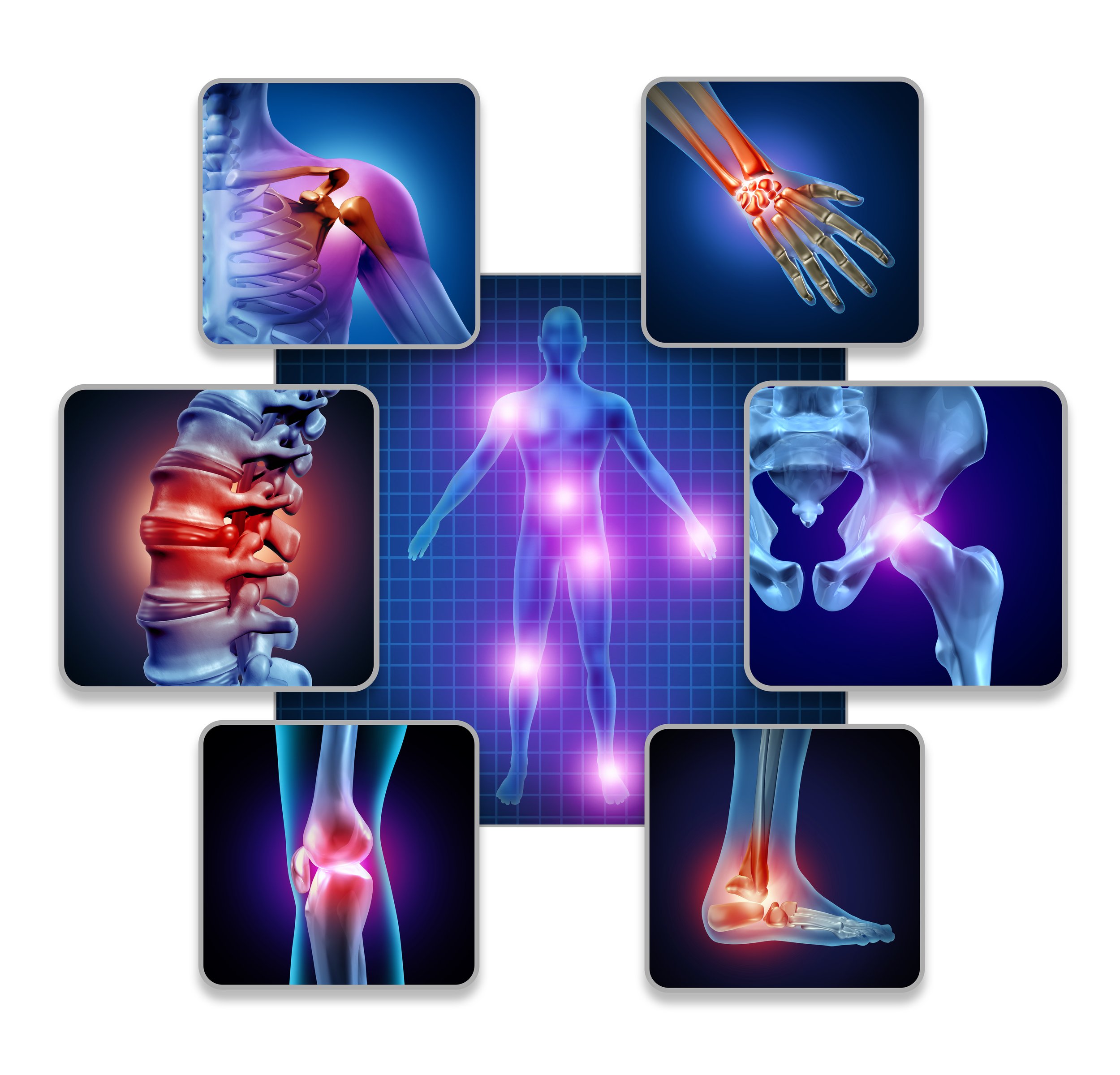Pain
Pain is inevitable, suffering is optional —- Haruki Murakami
Friend or Foe
Health instrument here,posing a very powerful and imposing question.
What is Pain?
If you are of a certain age pain is probably a part of life, part of just waking up or you probably don’t even get enough sleep or rest because of it, you know 24/7, but what is pain?? Here goes my attempt at an explanation.
Pain is an unpleasant sensory and emotional experience associated with actual or potential tissue damage. It is a complex phenomenon that involves both physiological and psychological components. Pain serves as a warning signal, alerting us to potential harm or injury, and prompting us to take action to avoid further damage.
Why We Get Pain
Pain is a protective mechanism. It arises when nerve endings (nociceptors) detect harmful stimuli, such as heat, pressure, or chemicals released from damaged tissues. These signals are transmitted to the brain via the nervous system, where they are interpreted as pain. Pain can be caused by:
1. Injury or Trauma: Cuts, burns, fractures, or sprains.
2. Medical Conditions: Arthritis, cancer, migraines, or infections.
3. Chronic Conditions: Fibromyalgia, neuropathy, or irritable bowel syndrome.
4. Psychological Factors: Stress, anxiety, or depression can amplify pain perception.
Types of Pain
1. Acute Pain: Short-term pain, usually resulting from injury or illness. It typically resolves once the underlying cause is treated (e.g., a broken bone or surgery).
2. Chronic Pain: Persistent pain lasting longer than 3–6 months. It may continue even after the injury or condition has healed (e.g., back pain, arthritis).
3. Nociceptive Pain: Caused by damage to body tissues (e.g., cuts, burns, or inflammation).
4. Neuropathic Pain: Caused by damage or dysfunction of the nervous system (e.g., sciatica, diabetic neuropathy).
5. Referred Pain: Pain felt in a part of the body other than its actual source (e.g., heart attack pain felt in the arm).
6. Phantom Pain: Pain felt in a limb or body part that has been amputated.
7. Psychogenic Pain: Pain influenced by psychological factors, such as stress or depression.
Is Pain a Friend or Foe?
Pain can be both a friend and a foe, depending on the context:
Friend: Pain is a crucial survival mechanism. It alerts us to danger, prompts us to protect injured areas, and encourages healing (e.g., pulling your hand away from a hot stove).
Foe: Chronic or excessive pain can be debilitating, reducing quality of life and leading to emotional distress, depression, and disability.
How to Stop Pain
The approach to managing pain depends on its cause and type:
1. Medications:
Over-the-counter pain relievers (e.g., acetaminophen, ibuprofen).
Prescription medications (e.g., opioids, anticonvulsants for neuropathic pain).
Topical creams or patches (e.g., lidocaine, capsaicin).
2. Physical Therapies:
Exercise, stretching, or physical therapy to strengthen muscles and improve mobility.
Heat or cold therapy to reduce inflammation and soothe pain.
3. Psychological Therapies:
Cognitive-behavioral therapy (CBT) to change pain perception and coping strategies.
Mindfulness and relaxation techniques to reduce stress and pain intensity.
4. Medical Procedures:
Injections (e.g., corticosteroids or nerve blocks).
Surgery to address underlying causes (e.g., herniated disc).
5. Alternative Therapies:
Acupuncture, massage, or chiropractic care.
Herbal remedies or supplements (e.g., turmeric, omega-3 fatty acids).
6. Lifestyle Changes:
Maintaining a healthy weight to reduce stress on joints.
Avoiding activities that exacerbate pain.
Measurement of Pain
Pain is subjective and varies from person to person. Common methods to measure pain include:
1. Visual Analog Scale (VAS): A line representing "no pain" to "worst pain imaginable," where patients mark their level of pain.
2. Numerical Rating Scale (NRS): Patients rate pain on a scale from 0 (no pain) to 10 (worst pain).
3. Wong-Baker FACES Scale: Uses facial expressions to help children or non-verbal patients describe pain.
4. McGill Pain Questionnaire: A detailed questionnaire that assesses the intensity, quality, and location of pain.
How Different People Respond to Pain
Pain perception and tolerance vary widely among individuals due to factors such as:
1. Genetics: Some people are genetically predisposed to feel pain more intensely.
2. Age: Older adults may have reduced sensitivity to pain but are more likely to experience chronic pain.
3. Gender: Women often report higher pain sensitivity and are more likely to experience chronic pain conditions.
4. Psychological State: Anxiety, depression, or stress can lower pain tolerance.
5. Cultural Background**: Cultural attitudes toward pain can influence how it is expressed and managed.
6. Past Experiences: Previous exposure to pain can affect how individuals perceive and cope with new pain.
Conclusion
Pain is a complex and multifaceted experience that serves as both a protective mechanism and, in some cases, a source of suffering. In other words, pain alerts you that something is happening that should not be happening or the alert is that,there should be something going on but it is not (confused???? Yeah , I was too the first time I puzzled it out). Anyway, understanding the type and cause of pain is essential for effective management. While acute pain is a helpful warning signal, chronic pain can become a foe that requires comprehensive treatment. Pain management often involves a combination of medical, physical, and psychological approaches tailored to the individual's needs.

